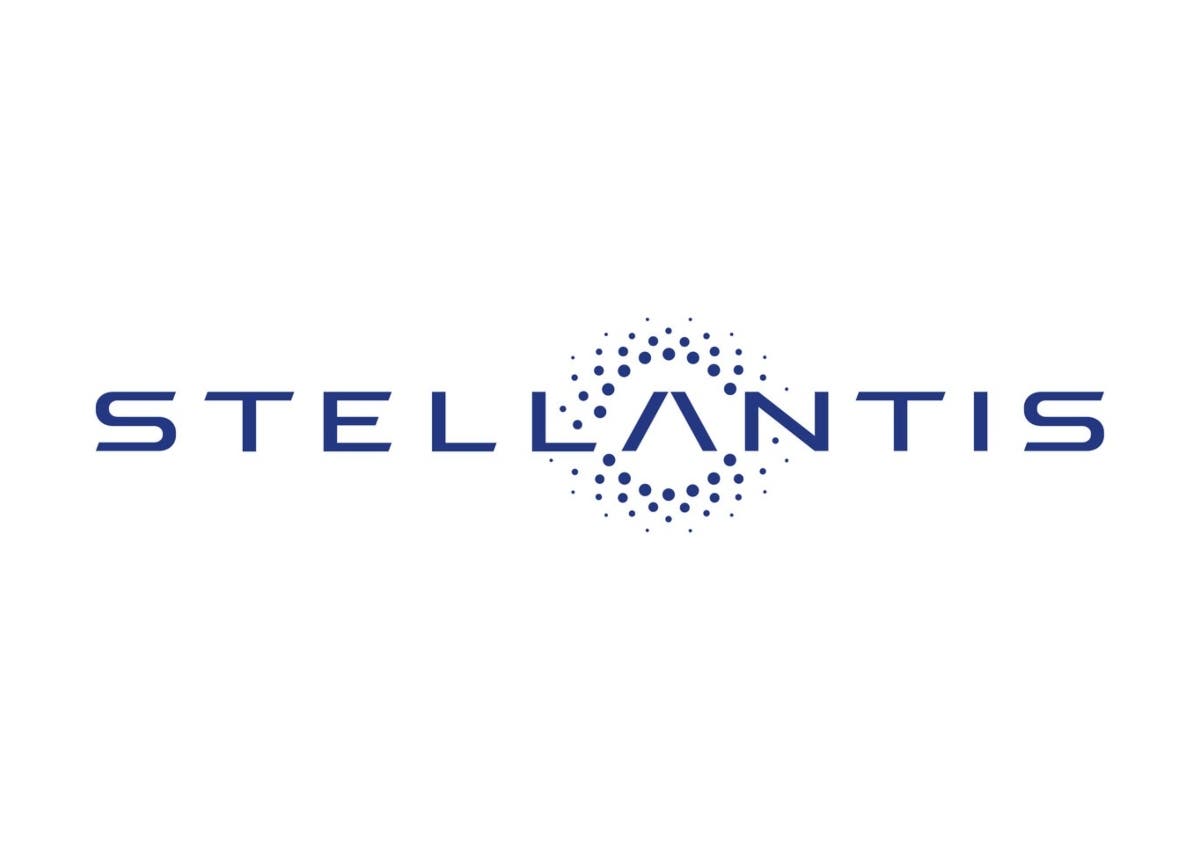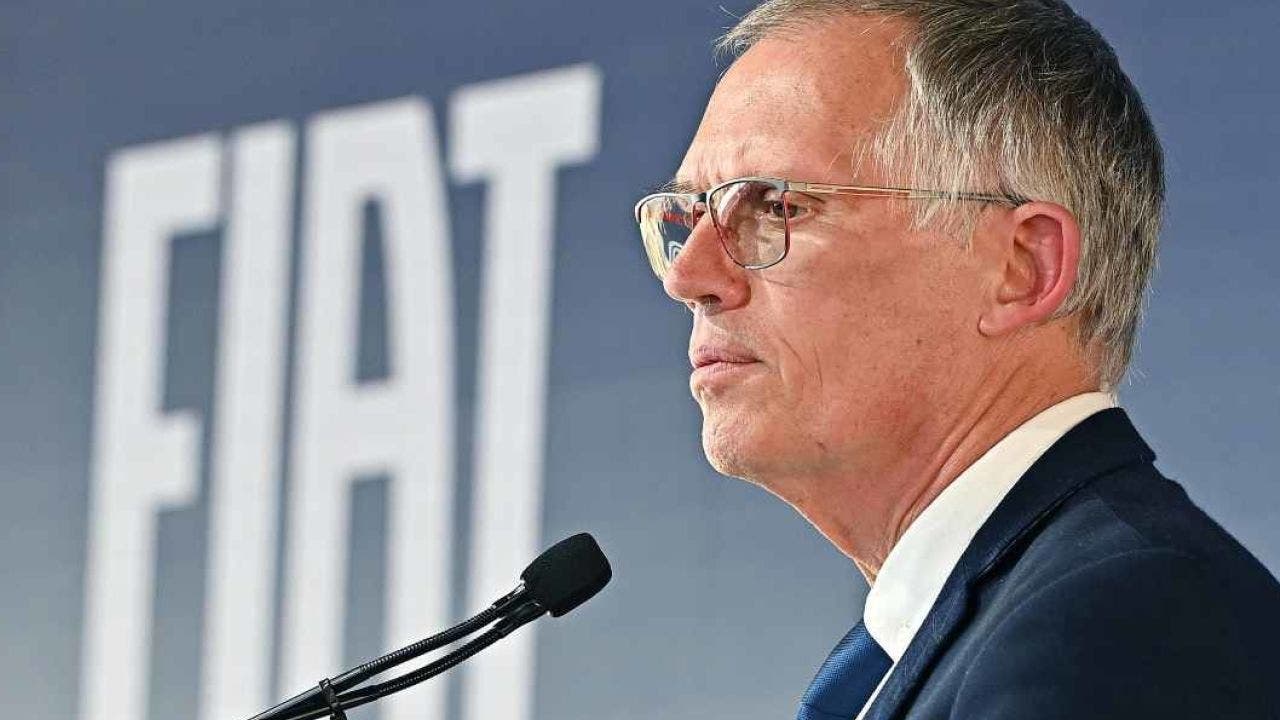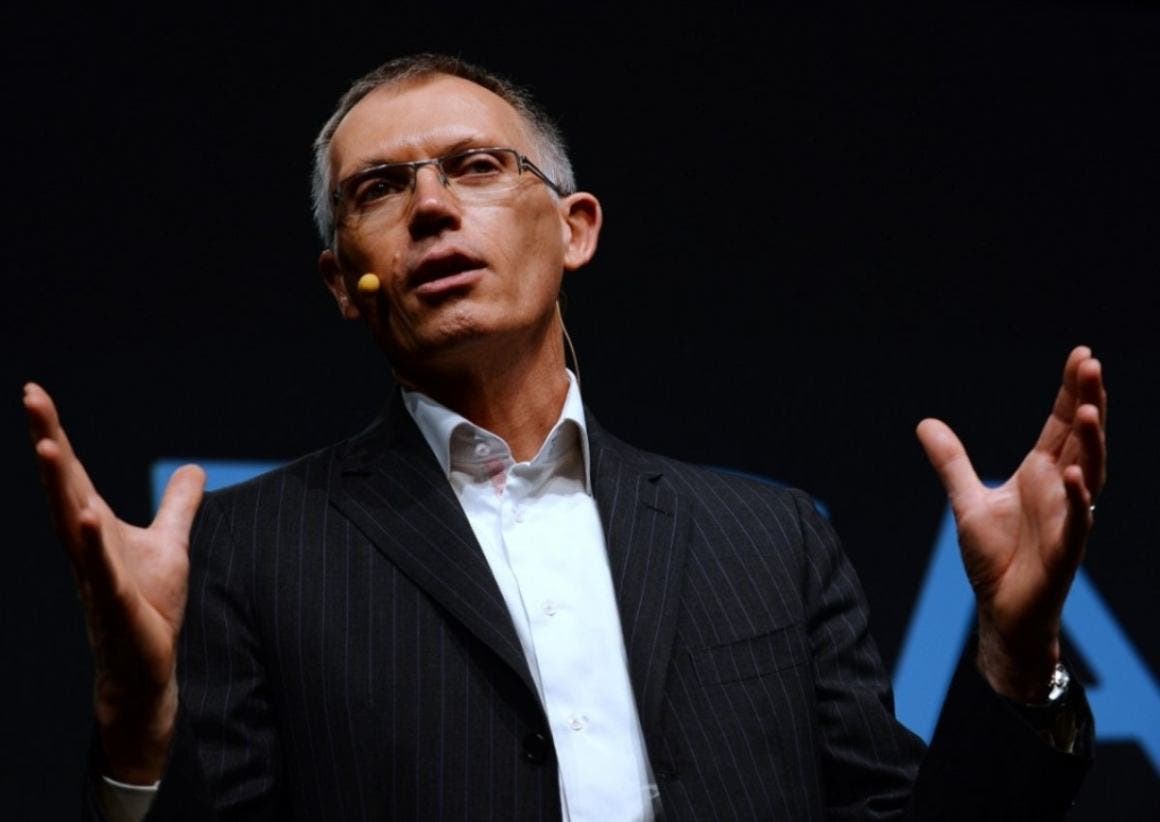It’s not often that you hear a CEO speak so directly about the frustrating situation in their industry. “The automotive industry is in turmoil,” Stellantis CEO Carlos Tavares began in his interview with Bloomberg a few days ago. “Looking at the results, everyone is going down the same road,” he states, but this direction is, in fact, almost inevitably declining for everyone.
Stellantis, Carlos Tavares takes stock of the current automotive market situation

Indeed, when considering the recent financial data of four major car manufacturers, one can’t say otherwise. Renault reported a 35% drop in net profit for the first half, and Ford, which many investors thought would exceed expectations, disappointed on all fronts. Nissan recorded a surprising decrease in quarterly profit, with shares falling to a 15-month low. Stellantis met expectations for net profit, down 48%, industrial free cash flow, negative at 392 million euros, and net revenue down 14%.
The situation is different for Hyundai, which defied the negative trend but only thanks to strong hybrid vehicle sales. Another winning formula is that of Lamborghini, which is challenging the crisis in the automotive industry. Meanwhile, Xiaomi has acquired a $116 million site in Beijing to expand electric vehicle production. But what does all this mean for the future of the sector? It’s also impossible to ignore the struggle felt throughout the entire automotive industry supply chain. Michelin reported that the “difficult economic situation” in Europe is reducing tire demand.

The Stellantis CEO states in the interview, responding to the overall situation of Western brands: “We’re going in the same direction and for now we’re under pressure. Brands are stronger than political regimes and can go through wars, survive and improve, but there’s no taboo in admitting that they’re unable to monetize the value they represent. It’s true that the market is in turmoil and it’s true that the transition we’re going through is extremely challenging and this is a first obstacle. There will certainly be other obstacles and this moment will last for several years. Cost reduction is no longer becoming difficult and, as you know, we’ve worked hard to reduce costs and for many years we weren’t so popular, but now everyone recognizes that customers want affordability first and foremost.”
Regarding competition and the brands within the Stellantis group, Tavares states: “At the moment, the toughest competition is with China where competitors have a 30% competitive advantage over us. We’re working hard to recover that 30% cost competitiveness and it’s positive for a company like ours to compete with a country with such fierce competition, because it keeps us awake, keeps us alive and we have to run faster and faster to compete.”
